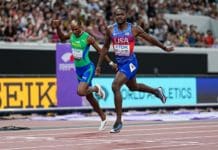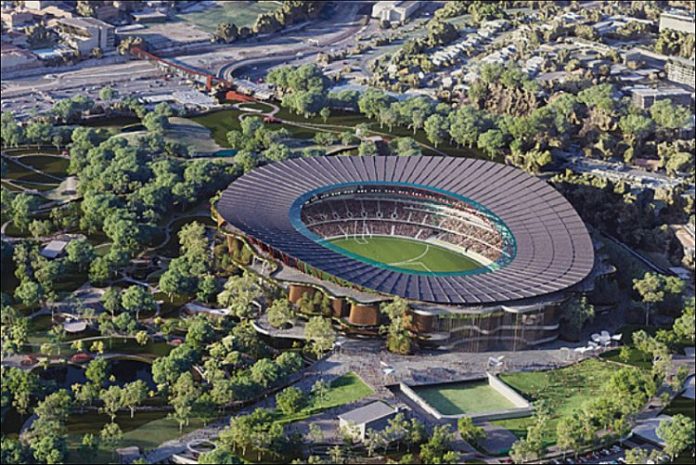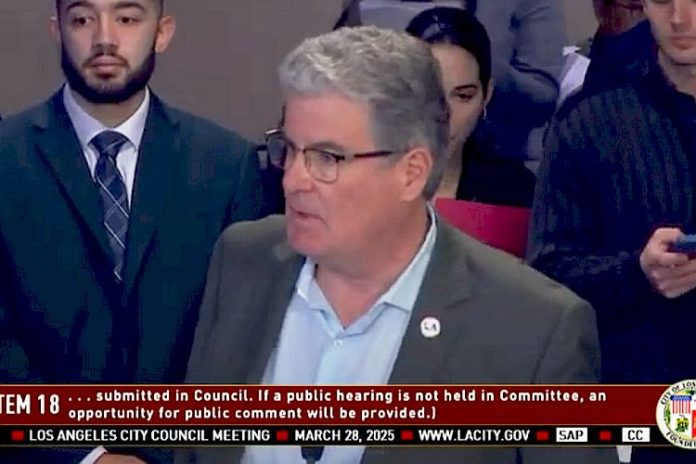★ The Sports Examiner: Chronicling the key competitive, economic and political forces shaping elite sport and the Olympic Movement.★
★ To get the daily Sports Examiner Recap by e-mail: sign up here! ★
≡ BRISBANE 2032 ≡
Faced with mounting disinterest in the Olympic Games when he took over as head of the International Olympic Committee in 2013, Germany’s Thomas Bach immediately embarked on a reform program called Olympic Agenda 2020.
It was pushed through in 2014 and immediately changed the calculus of how bids were made for the Olympic and Winter Games:
“The IOC to consider as positive aspects for a bid: the maximum use of existing facilities and the use of temporary and demountable venues where no long-term venue legacy need exists or can be justified.”
And the follow-up Olympic Agenda 2020+5 underlined the importance of this stance:
“Sustainability was one of the three pillars of Olympic Agenda 2020. It was embedded across a number of recommendations, including those pertaining to candidatures.
“The key messages were heard, and the result has been significant changes in shaping future editions of the Olympic Games. The Olympic Games of Paris 2024, Milano Cortina 2026 and Los Angeles 2028 are the first to truly embrace and reflect this new strategic direction:
“1) No new venues are needed, and the use of temporary venues is encouraged;
“2) Sport can take place outside of the Host city, where appropriate, and;
“3) From the candidature onwards, the Olympic Games are based first and foremost on long-term sustainability, including from an economic standpoint.”
Last week, Queensland Premier David Crisafulli wrecked his campaign promise not to build new stadia and announced his “Delivering 2032 and Beyond” program, using the previously agreed-on A$7.1 billion in funding by the national and Queensland governments (A$1 = $0.63 U.S.), declaring:
“The 2032 Games is a once-in-a-generation opportunity to deliver for Queensland for the decades to come.”
So, four completely new venues were announced:
● New Brisbane Stadium in Victoria Park
● New Logan Indoor Sports Centre
● New Moreton Bay Indoor Sports Centre
● New Redland Whitewater Canoeing Centre
In addition, Olympic Villages – to be turned into housing after the 2032 Games – are to be built in Brisbane, Sunshine Coast and Gold Coast, and a new Gold Coast Arena will be built by that city for its long-term use.
A raft of renovations of existing facilities are also part of the plan, some severe and costly and some not as difficult:
● National Aquatic Centre
● Brisbane Showgrounds
● Queensland Tennis Centre
● Sunshine Coast Stadium
● Gold Coast Hockey Centre
● Brisbane Int’l Shooting Centre
● Barlow Park in Cairns
● Sunshine Coast Mountain Bike Centre
● Anna Meares Velodrome and BMX Centre
● Rockingham rowing facility
● Toowoomba Showgrounds
The outstanding feature of the plan is the new stadium, slated for 63,000 seats in the currently undeveloped Victoria Park area in Brisbane. The independent review committee which performed a high-profile, 100-day review recommended this option, but said that funding should be increased to A$8.791 billion:
● A$3.785 billion: new stadium (43.1%)
● A$2.385 billion: new arena (27.1%)
● A$2.621 billion: “minor venues” (29.8%)
That was unacceptable, even to Crisafulli and his government, so the new arena was torpedoed, with hopes that private developers might come forward and build it … but not with government subsidies.
Taking the arena out brings the bill down to A$6.406 billion, with some room left over for the inevitable changes needed.
This shows some restraint on the part of the Queensland government, and re-shapes the project into a series of choices rather than a “blow-out” – as Australians like to say – on the costs.
There is another factor in play and it is not to be underestimated. When Sydney put on its excellent 2000 Olympic Games, it built a showcase monument in the imposing, 100,000-seat Stadium Australia. It had its post-Olympic blues period, but is now known as Accor Stadium and was the backdrop for the spectacular 2023 FIFA Women’s World Cup, where all five matches drew capacity houses of 75,784.
Queensland knows that it needs a better facility than the current Brisbane Cricket Ground – the Gabba – to compete in the future with its Australian Football League and cricket events. It could have revamped the Gabba, but the political will was not there to undertake the work quickly and Crisafulli says there isn’t time to do it now.
But now, Queensland will have its answer to Stadium Australia in New South Wales, and the famed 100,024-seat Melbourne Cricket Ground in Victoria, site of the 1956 Olympic Games.
By Olympic Agenda 2020 and 2020+5 standards, the new Brisbane 2032 plan does not compare on sustainability grounds with Paris 2024 – with two new venues – or Los Angeles 2028, which is building no new permanent venues. And the Winter Games are emphasizing sustainability, in 2026 at Milan and Cortina, in 2030 in the French Alps and another no-build American Games in Salt Lake City in 2034.
The quicksand for the IOC and new President Kirsty Coventry (ZIM) is that the building program in Queensland is taken as a signal to build and build and build by potential future hosts such as India, Qatar and Saudi Arabia, among others. The cost controls brought in by Bach’s Olympic Agenda 2020 and 2020+5 are, without doubt, endangered.
Along with questions of gender eligibility, Russia, sponsorship, new forms of media, more power for IOC members and others, the issues of gigantism – even if reasonably responsibly played by the Queensland government for 2032 in staying within agreed cost parameters – is now also on Coventry’s plate.
Rich Perelman
Editor
★ Receive our exclusive, weekday TSX Recap by e-mail by clicking here.
★ Sign up a friend to receive the TSX Recap by clicking here.
★ Please consider a donation here to keep this site going.
For our updated, 895-event International Sports Calendar for 2025 and beyond, by date and by sport, click here!



























